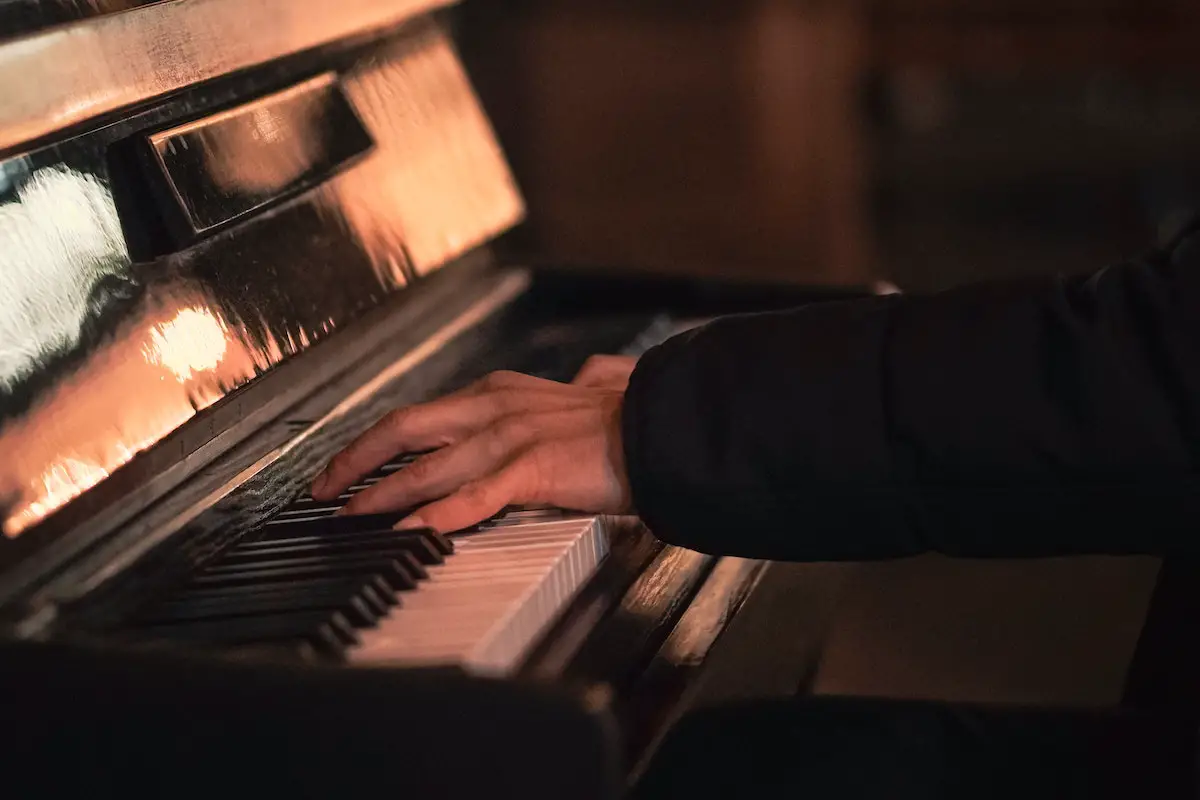Ever wondered about the inner workings of a musical piece? Feel that surge of anticipation when the music swells, the tension as the melody twists and turns? That, my friend, is because you’re aboard, riding the wave-like structure of a sonata form! So what is ‘recapitulation’? Well, let’s dive into this headfirst, shall we?
What does recapitulation mean in music? Essentially, recapitulation marks the moment where we come full circle in the piece. It’s where the main themes are revisited, but with a twist, adding some flavor to the mix.
What is recapitulation?
Recapitulation is when a musical piece circles back to its main themes. But it ain’t a simple copy-paste job. We’re talking about a slight alteration of the original tune and giving it a fresh vibe. During recapitulation, composers don’t just repeat the tunes. They twist it, ornament it, and sometimes even alter the length of the themes. Here are some things you’ll typically find in most recapitulations:

- A ‘blink and miss’ transition from development to recapitulation
- Variation of the main theme
- Alteration in the length of melodies
- Addition of ornamentation
AKAI Professional MPK Mini MK3

AKAI Professional MPK Mini MK3
How does recapitulation fit into sonata form?
In sonata form, the recapitulation isn’t just a mere section. It’s the moment where the magic happens when the piece releases all the accumulated harmonic tension from the development section. Recapitulation is that plot twist in sonata form.
As with everything in the world of music production, there are no hard rules. But to give you a starting point, here’s a nifty little table of some dos and don’ts when using recapitulation in your music:
| Do | Don’t |
|---|---|
| Do experiment with the main theme | Don’t simply copy-paste the exposition |
| Do alter the length of the themes | Don’t overlook the harmonic tension build-up |
| Do use ornamentation | Don’t make it overly complex |
| Do maintain the main flavor of the song | Don’t lose the flavor of the original piece |
Why is recapitulation important?
Besides making your music vibrant and exciting, recapitulation has a crucial role to play. It is the closing argument of your musical debate. It’s your chance to leave a lasting impression on your listener.

In the classic sonata form, the second theme is often presented in a different key from the first. But when the recapitulation rolls around, that theme’s been crashed, and it’s back in the home key. It’s like a homecoming after a long journey, welcoming you back into familiar territory but with fresh eyes and perspective. And this, my friends, is what gives that ‘ooooh’ effect when you listen to the music.
Key Elements of Recapitulation in Music Production
Understanding the role of recapitulation in music production, especially in the sonata form, requires familiarizing yourself with several key components that come into play. The following table provides a breakdown of some crucial elements in the recapitulation, specifically in relation to music production and home studio recording.
| Key Elements | Description |
|---|---|
| Transition Point | This is the moment where the development section transitions into recapitulation. It’s an essential psychological point in the structure of the sonata form. |
| Theme Changes | Not just repetition, the themes during recapitulation are often varied and ornamented to keep the listener engaged. |
| Tonic Key Return | One significant change in recapitulation is the return to the tonic, or home key, especially for the second theme. |
| Connecting Episodes | These are used to link the main themes together, adding coherence to the piece. |
If you want even more great tips and information, check out the video below.
Frequently Asked Questions (FAQ)
Unraveling the intricacies of recapitulation might still leave you with a few questions. So, let’s dive into some common queries to satiate that curiosity and enhance your music production skills.
Is recapitulation only used in classical music?
Not at all! While recapitulation is a staple of classical music, it’s far from exclusive to it. Many modern music genres borrow this concept, varying and repeating their main themes to maintain intrigue.
Can recapitulation be used in electronic music production?
Absolutely! The beauty of recapitulation is its versatility. Whether you’re working on some dubstep drops or crafting chill lo-fi beats, recapitulation can infuse a sense of familiarity and novelty into your music.
How should a beginner approach recapitulation?
It’s all about starting small. Try to understand the concept, listen to various pieces of music that use recapitulation, and then experiment with your tunes. Remember, there’s no right or wrong way – creativity takes the reins here.
Conclusion
We’re nearing the end of this symphony of words. But don’t fret, it ain’t over till the fat lady sings—or, in our case, when the recapitulation comes to a close! Now, did I cover everything you wanted to know? Give me a shout in the comments section below. I read and reply to every comment! And, if you found this article helpful, share it with your music-loving pals, and don’t be shy about exploring my blog. There’s a whole world of tips and tricks waiting for you. As always, thanks for reading, and keep those beats pumping!
Key Takeaways
This article covered the key aspects of recapitulation in music production. Here are some key takeaways:
- Recapitulation is when the musical piece circles back to the main themes with slight alterations.
- It plays a major role in the classic sonata form’s structure.
- Recapitulation involves changing the second theme’s key, transitioning it back to the tonic, or home key.
- Crucial elements of recapitulation in music production include the transition point, theme changes, return to the tonic key, and connecting episodes.
- Understanding recapitulation is important for beginners seeking to enhance their music production skills.















